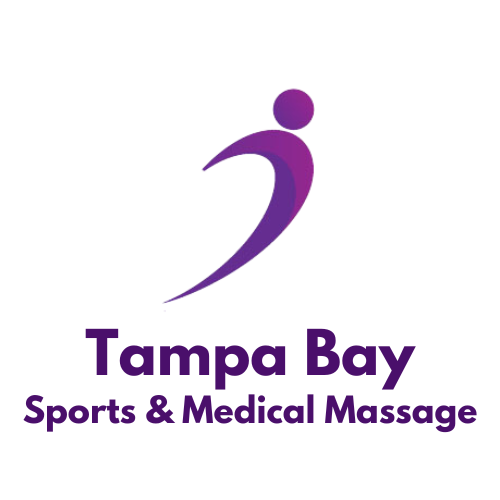What is Fascia?
Not familiar with fascia? You’re not alone. Fascia is connective tissue, and it can get restricted causing stiffness, loss of flexibility, and producing pain. Many swear by Myofascial Release Therapy (MRT) for pain relief, athletic performance and more. Both muscle and fascia form the complex myofascial system. Before you decide if you should try MRT, learn more about fascia, how it could affect you, and how pain can be eased by Myofascial release.
Fascia. Is. Everywhere.
Fascia is a web of connective tissue formed in the bands that wrap around all the internal parts of the body from head to toe and fuses it all together. It’s like an internal 3-D cling wrap film. Fascia allows the muscles to move freely alongside other structures and reduces friction.
Fascia is EVERYWHERE – beneath the skin, around the muscles, bones, nerves, blood vessels, organs, and cells – EVERYWHERE. Biologically, it is what holds us together.
What is Fascia/Myofascial Release?
Fascia is made up of several substances, mainly collagen. When it builds up in the body, it looks like a spider’s web. Clients who say they feel stiff when they wake up in the mornings are dealing with the fascial bonds that build overnight. Our massage therapists recommend you stretch to help remove the growing fascia bonds.
Fascia can be broken down into three different types:
Structural Fascia
This is the fascia that lies just beneath the skin (a.k.a. or subcutaneous fascia) and is best described as a sheath, membrane, superficial fascia, or dense connective tissue. Think of the membrane that attaches the skin to the meat of a cooked chicken breast.
Inter-structural Fascia
This type of fascia is a cobweb-like fascia that runs through the structures of the body including the muscles. It is commonly referred to as myofascial tissue or “the fuzz” or loose connective tissue. Inter-structural fascia is in every nook and cranny of our bodies penetrating every structure such as the brain and joints.
Visceral Fascia
This is a jelly-like substance that is found in our abdominal region that surrounds and penetrates the fat and organs in our bellies. Have you ever gutted a turkey? The goopy slime inside was the visceral fascia.
Fascia is three-dimensional, meaning it runs through the muscles and not just around them. Because of this, understanding fascia helps us realize the extraordinary power of massage.
How does MRT Help Me?
Sports injury, postural distortion, repetitive movements (golf/tennis players), and aging can cause the fascia to lose elasticity. When fascia becomes thickened, tough, and rigid your movements become increasingly painful.
Myofascial release is a massage technique that stretches the fascia and releases bonds between them and your skin and muscles. MRT aims to eliminate pain and increase range of motion. Massage therapists mainly use a direct approach to MRT. This is more assertive hands-on approach may feel a little uncomfortable as we roll the muscles. If the pressure is too much, tell your massage therapist. We can use more stretching to start releasing fascia in the affected area.
Try Fascia/Myofascial Release Therapy
All massage work will naturally work or touch the fascia. That said, MRT is a specific technique to remove fascia and reduce stiffness and tight feeling muscles.
At Tampa Bay Sports & Medical Massage, our highly trained massage therapists understand the workings of fascia and how it can be an important component in healing. For more information on our massage therapy services, please contact us today at (813) 667-0988.
